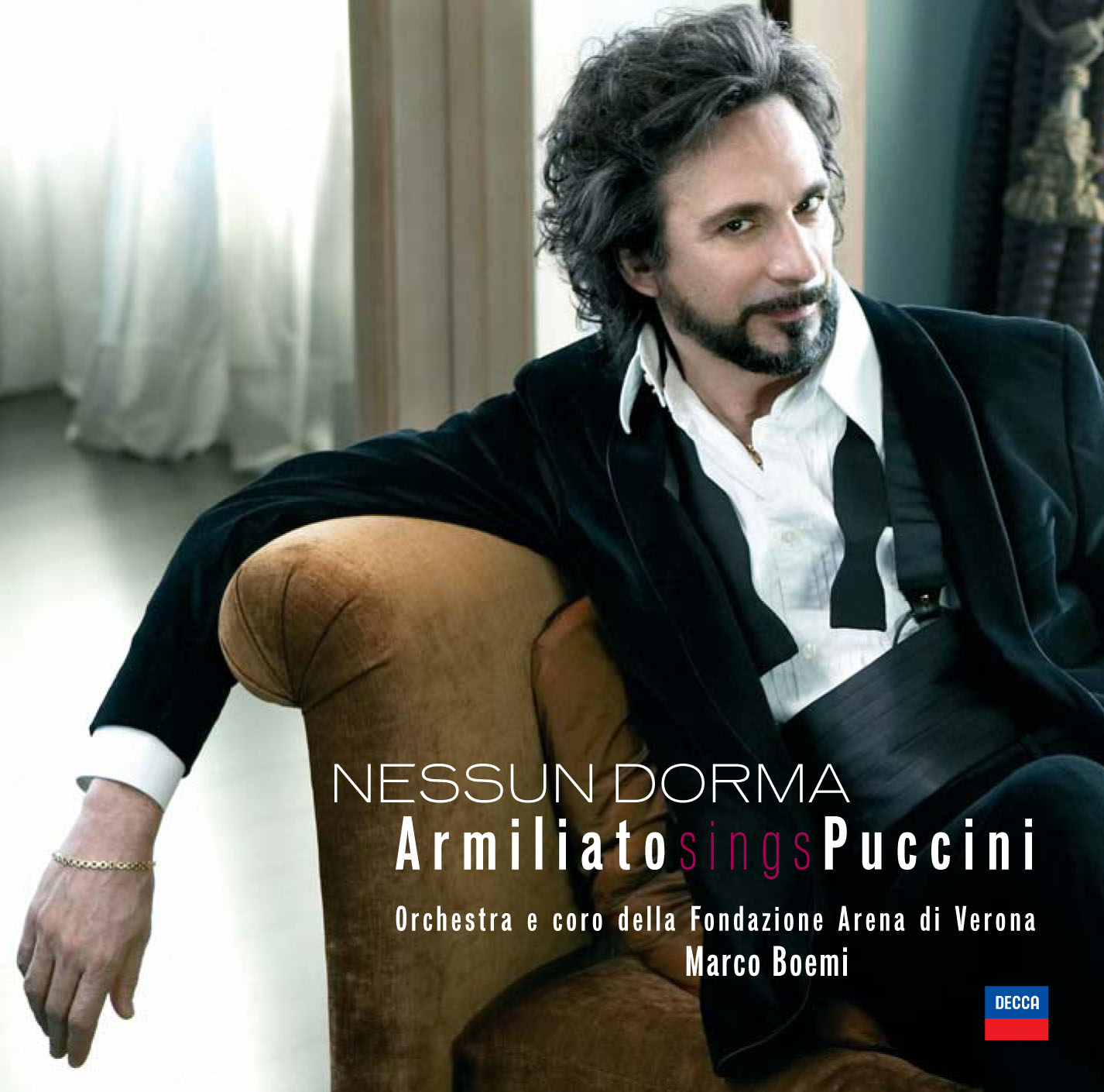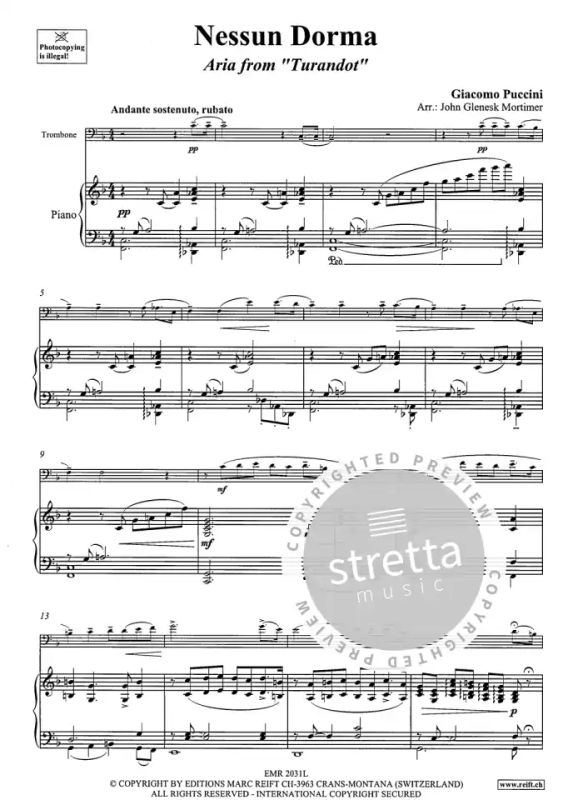
The dip back into the past after Manon Lescaut, with selections from Puccini’s first two operas, is most welcome. Indeed, Kaufmann states in the liner notes that the electricity he felt among the orchestra,Ĭonductor, and Opolais was so strong that they “had the feeling from the opening bar: only one take needed!” Manon Lescaut (here sung glowingly by Kristine Opolais). Three other selections from this opera drive home this impression,Įspecially the electrifying “Oh, sarò la più bella!”, the duet in which Kaufmann’s Des Grieux falls in love with the temptress

Listener’s ears into the piercing warmth and lucidity of his vocal sound world. Portrayal of Des Grieux at the Met Opera this season has something to do with this.) Kaufmann’s rich and plaintive “Donna non vidi mai”Įffectively sets the tone for the recording, spotlighting the technical and intuitive strength of which Kaufmann is capable and snatching the

Opening of the recording, made more significant by the fact that they are the only pieces to appear out of chronological order. In addition to the title track, the excerpts from Puccini’s third opera, Manon Lescaut, stand out by virtue of their placement as the Throughout the sixteen tracks, the orchestra and chorus of theĪccademia Nazionale di Santa Cecilia, conducted passionately if at times unevenly by Antonio Pappano, underscores the raw triumph and tragedy of Kaufmann-esque, characteristically heartfelt “Nessun Dorma” on the final track.

Released in September by Sony Classical, offers a few rarities alongside the mainstays of the tenor repertoire, with classic arias from Tosca and La Bohème presented alongside lesser-known arias from the earliest operas, Le Villi and Edgar, all culminating in a


 0 kommentar(er)
0 kommentar(er)
